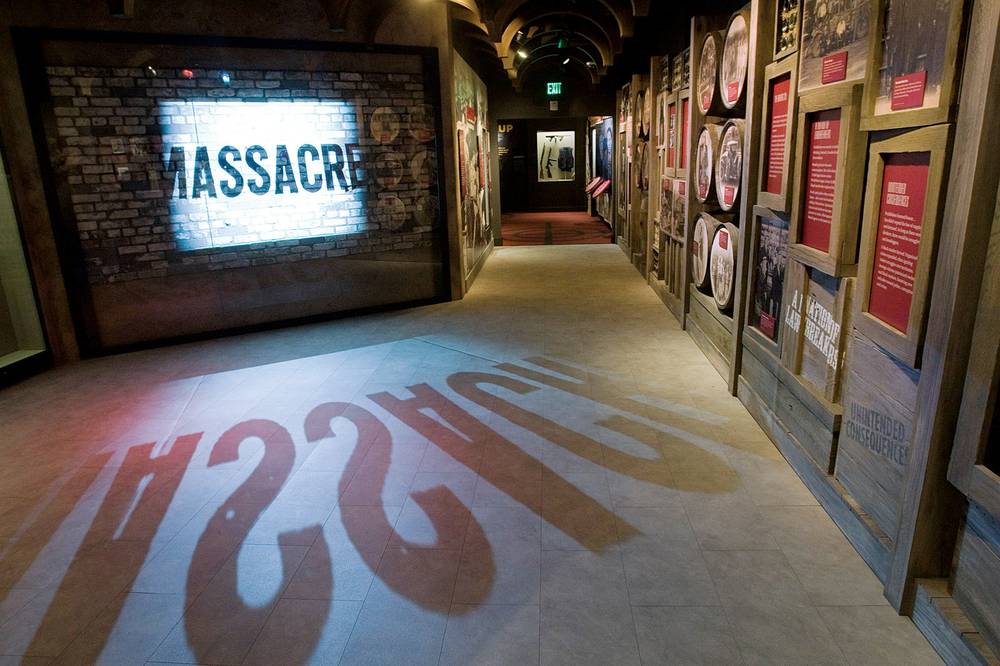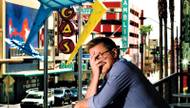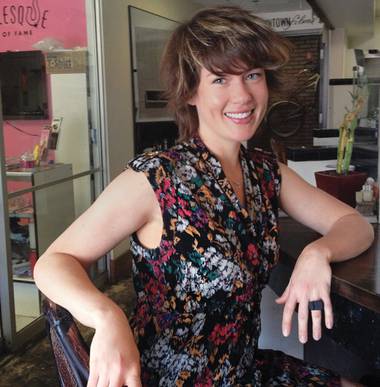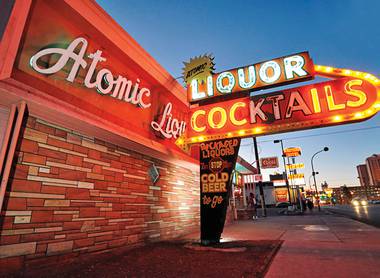Things were better when the Mob ran this town. We hear this often enough to make it almost a cliché, and with this week’s opening of the Mob Museum, er, the National Museum of Organized Crime and Law Enforcement, it seems like an argument worth examining.
Here are the commonly heard supporting statements:
The old guys were part of the community
“They wanted to be engaged in the community because they came to a place that allowed them to operate legally, and they appreciated that,” Mike Sloan, gaming lawyer and ultimate old-timer, told me.
The Details
- The Mob Museum
- 300 Stewart Ave., 229-2734
- Beyond the Weekly
- Official website
Now, many of our casino executives live elsewhere or spend half their time globe-trotting. By contrast, the old-time operators lived here, and you might run into them at the country club, coffee shop, church or synagogue. America has always had a fascination with outlaws, and Las Vegas residents got to live among them. “They certainly were more colorful people,” Sloan said, employing his rich skill with a euphemism.
And, they gave back. Moe Dalitz and partners famously built, with a Teamsters loan, Sunrise Hospital. Nevada historian Michael Green also noted Dalitz gave UNLV money for the first furniture in the first building. Sloan recalled stories of casino operators generously paying hospital bills for the sick children of employees. (I should note, of course, that many casino operators in old Vegas were not Mob-connected, and those that were unfairly tarnished the entire city.)
Better schools, less crime, less traffic
Perhaps true, but not because the Mob was invested in good government. Educational challenges, crime and traffic are the result—at least in part—of growth, not Mob-free corporate ownership of hotels. Of course, you could argue that once corporations were allowed to own casinos, they would bring massive capital to bear, which would lead to bigger resorts and therefore rapid population growth. But really, growth vs. no growth is a different argument.
Also, think of the extreme irony of claiming there was less crime when the Mob ran the town. “They were out doing burglaries!” Green quipped, referring to the “Hole in the Wall Gang.”
As I learned at the museum, which opened Tuesday Downtown on Stewart Avenue, the skim at the Stardust was $7 million per year; at the Flamingo, it was $36 million from 1960 to 1967; at the Tropicana it was $150,000 per month. That money was stolen from the community and sent to criminal gangs back East.
(Given the events of the past few years, I can appreciate that, for many people, banks vs. organized crime is a close call.)
Cheaper food, better shows, and you could make a good living
As Sloan notes, cocktail waitresses, bartenders and maître d’s made great money in Mob days, in part because the IRS wasn’t as rigorous about collecting taxes on tips. The casinos didn’t have to report when someone won a big jackpot, and let’s remember that there was no competition from Atlantic City or anywhere else.
As for the food? If you look hard, you can still find a $7 prime rib dinner, though I’m not sure why you would. Our food these days is more expensive, but it’s also far better.
Finally, yes, I would love to see Frank Sinatra. And I would take Sinatra over any show currently in Vegas. But so what? I would take Frank Sinatra over any performer at any time in the history of the planet. Unfortunately, he’s dead, so it’s a little unfair to say we had it better when Sinatra was here. Of course we did. The human race had it better when he was alive.
But our entertainment lineup here is rich and getting more diverse.
Green summed it all up: “In some ways it was better. In some ways it was worse. But there’s too much mythology” about the past.
In any case, the question is academic. As Oscar Goodman said at the museum this week when asked who won the war between law enforcement and the Mob, “Who won? There ain’t no Mob.”
Indeed, all we have now is the Mob Museum, a remarkably restored neo-classical building with impressive historical artifacts inside that detail Las Vegas’ gangster past.
But if it’s in a museum, that usually means it’s dead.








Previous Discussion: